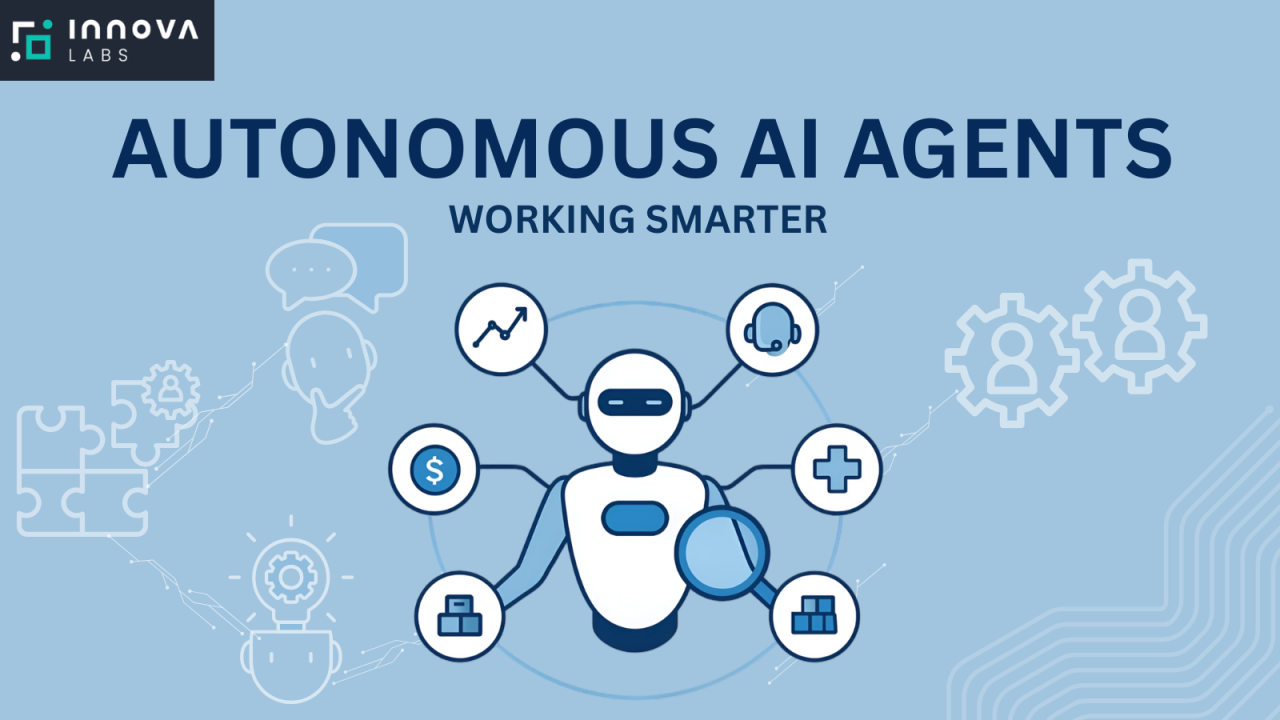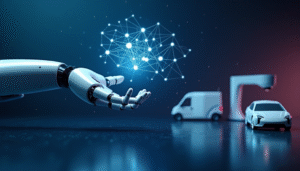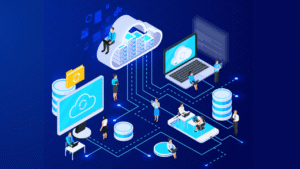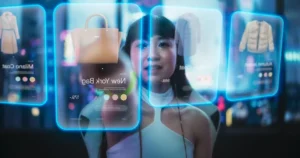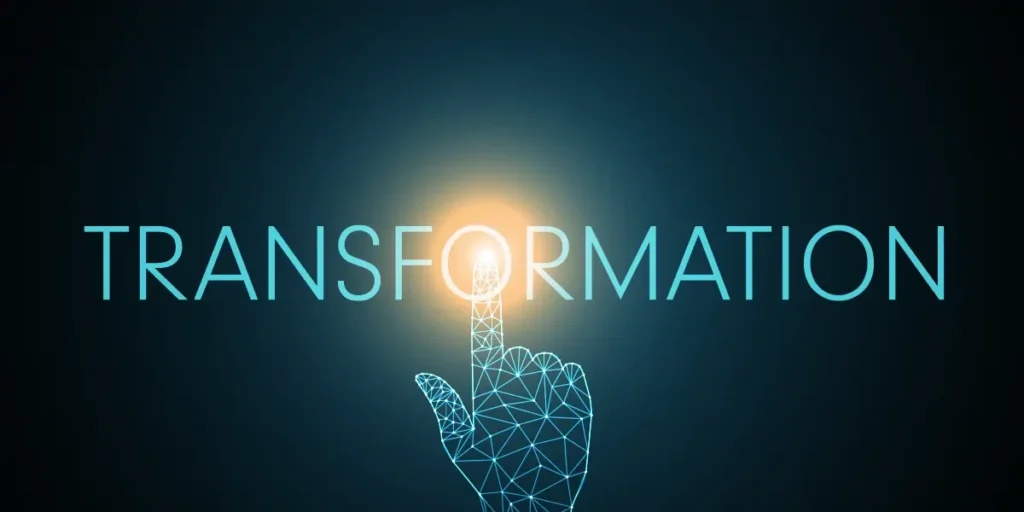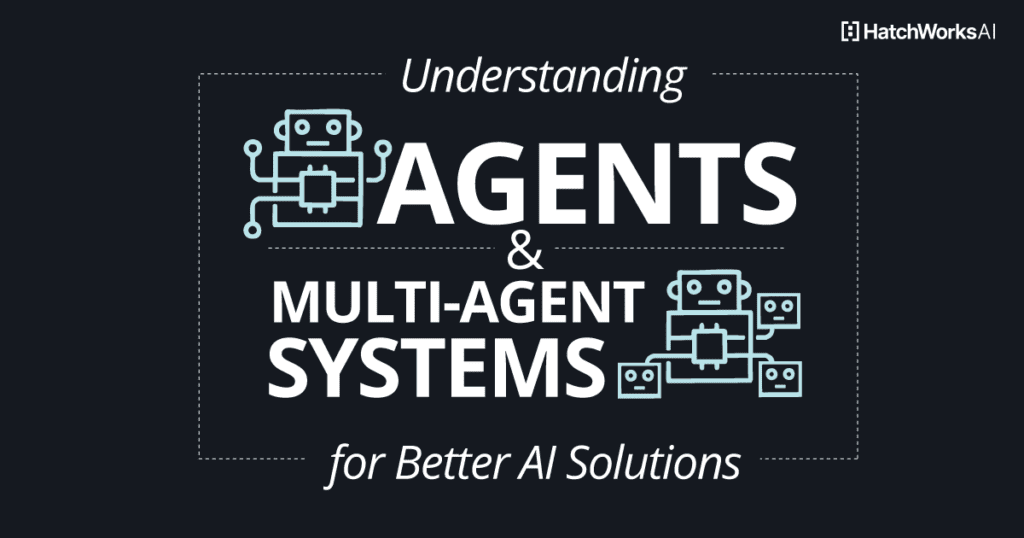The Rise of Autonomous AI Agents in Workflows: Altman’s 2025 Vision Becomes Reality
Introduction — a turning point for how work gets done
In early 2025 Sam Altman wrote that we were on the cusp of seeing the first AI agents “join the workforce” and materially change how companies deliver output. That prediction moved from thought experiment to operating reality within months: 2025 has become the year autonomous AI agents moved out of labs and into production workflows across sales, support, finance, and product teams. What was once a neat demo—an LLM planning a multi-step task and calling APIs—has matured into integrated toolchains where agentic systems autonomously carry out repeatable business processes, coordinate with humans, and surface exceptions for higher-value decisions. Sam Altman
Below I map how Altman’s vision unfolded, what “agentic” workflows look like in practice, the measurable benefits and real risks firms are grappling with, and practical steps organizations should take if they want to make autonomous agents a reliable part of their operations.
What do we mean by “autonomous AI agents”?
At a practical level an autonomous AI agent is software that can: accept a high-level goal from a human (or another system), decompose that goal into steps, plan and sequence actions, call external tools or APIs, monitor progress, and adapt when new information appears—often with minimal human intervention. Early examples were hobbyist projects that chained LLM calls to the web (Auto-GPT style). In 2025 these capabilities were productized: agents now run inside orchestration platforms that provide connectors (SaaS, databases, email), governance layers, and monitoring dashboards. The shift is from “LLMs as chat assistants” to “LLMs as executors and orchestrators.” Medium+1
How Altman’s prediction aligned with industry momentum
Altman’s claim that 2025 could be the year agents join the workforce came alongside a surge of enterprise attention to agentic AI. Large consultancies and industry research groups—already tracking adoption—reported rapid enterprise pilots and an accelerating migration of repetitive, knowledge-based workflows toward autonomous systems. Reports from McKinsey, PwC, and other industry bodies in 2025 documented not just experimentation but operational deployments in areas like invoice processing, customer triage, lead qualification, and incident response. That combination—vision from an industry leader plus widespread vendor readiness—created the conditions for fast adoption. McKinsey & Company+1
Real-world workflows where agents are already adding value
Below are concrete, representative patterns companies are using right now.
-
Sales qualification agents
Agents ingest CRM records, recent email threads, and product-fit signals to autonomously qualify inbound leads, schedule demos, and enrich contact data—escalating only complex negotiations to human account reps. This reduces lead-response time and increases rep focus on closing. (See enterprise case studies and adoption trends noted in 2025 reports.) Index.dev -
Customer support triage and resolution
Multi-step support agents read tickets, query knowledge bases, run troubleshooting scripts via remote APIs, and either resolve standard issues or prepare a concise handoff to human agents with all contextual artifacts. The result: faster resolution times and fewer repetitive escalations. IBM -
Finance automation and exception handling
Agents reconcile invoices, flag anomalies, propose adjusting journal entries, and prepare audit trails for human review. Where policy is clear, agents can take action (e.g., matching PO numbers and releasing payments); where ambiguity exists, they build a concise decision brief. This hybrid model reduces manual reconciliation cycles while preserving controls. McKinsey & Company -
Product and ops orchestration
For incident response, agents monitor alerts, run diagnostic checks, roll back deployments if policy thresholds are hit, and coordinate incident comms—again involving humans only when the agent’s confidence or policy demands it. The speed gains in incident mitigation have been one of the most cited operational wins in 2025 pilot reports. AI Agent Store
Measurable benefits (what companies are reporting)
Across industries, companies adopting agentic workflows reported similar classes of benefit:
-
Faster cycle times: Agents reduce task latency by automating decision loops and API calls that previously waited on humans.
-
Cost efficiency: Fewer FTE hours spent on routine work; organizations reallocated human effort to strategy, relationship management, and exception handling.
-
Higher throughput and scale: Agents can operate 24/7 and handle sudden volume spikes without hiring.
-
Improved process compliance and auditability: Orchestration platforms log actions and provide explainability trails, making regulatory review easier when implemented correctly.
Survey-style research in 2025 showed meaningful ROI claims by early adopters, though exact numbers vary by industry and process maturity. Still, the pattern is clear: where rules are codified and data access is straightforward, agents deliver reliable productivity gains. multimodal.dev+1
The hard parts: risks, governance, and the “last mile” of trust
If the upside is big, so are the potential pitfalls. The most common operational and ethical challenges firms are wrestling with include:
-
Safety and correctness: Agents can hallucinate plausible but incorrect facts, mis-call APIs, or take undesirable actions if reward signals or constraints are incomplete. Production-grade deployments require rigorous testing and runtime guardrails. IBM
-
Governance and compliance: In regulated industries (finance, healthcare, government) autonomous actions carry legal exposure. Firms must instrument policy engines, human-in-the-loop thresholds, and immutable logs to show intent and control. McKinsey & Company
-
Data access and privacy: Agents often need broad read/write access to systems. Minimizing privilege (least-privilege access), data anonymization, and secure connectors are essential to reduce leakage risk. Deloitte
-
Skill and change management: Deploying agents changes roles. Leaders must reskill teams to collaborate with agents—supervising, auditing, and focusing on creative exceptions—rather than simply removing headcount. McKinsey-style research has emphasized leadership and workforce readiness as primary barriers to capturing value. McKinsey & Company
-
Toolchain complexity and vendor lock-in: Many teams now build “agent stacks” combining LLM providers, orchestration layers, monitoring, and custom connectors. Standardization and open protocols for context passing are emerging needs to avoid lock-in. Researchers and platform vendors are racing to deliver orchestration standards. Klover+1
Technical patterns that made 2025 possible
Several technological and engineering advances converged to make agents practical in real workflows:
-
Orchestration platforms: Products that wrap LLMs with retry logic, tool connectors, auditing, and sandboxing became mainstream. These provide the scaffolding for agents to act predictably. Venturebeat
-
Specialized fine-tuning for action: Models were fine-tuned not just for language but for planning, tool-use, and confidence calibration—reducing the rate of false-positive actions. IBM
-
Policy-as-code and safety filters: Declarative policy systems allow organizations to express allowed actions, escalation rules, and data filters that the agent runtime enforces. Deloitte
-
Observability and human oversight loops: Dashboards that surface agent decisions, confidence metrics, and audit trails made it possible for compliance teams and domain experts to monitor agents in near real-time. McKinsey & Company
These patterns are now part of vendor offerings and in-house platforms, lowering the bar for teams to deploy agents without building everything from scratch.
Cultural and organizational effects: how jobs change (not just disappear)
A recurring narrative is displacement—agents will replace jobs. The reality reported by many 2025 adopters is more nuanced. Routine, repeatable tasks are being automated, but new roles emerge: agent designers (translating business rules into prompts and policies), agent auditors, connector engineers, and human supervisors responsible for exceptions and strategy. Companies that approached deployment as a redesign of work—reskilling staff and reframing KPIs—saw smoother transitions than those that treated agents purely as cost cuts. Altman himself has suggested that putting great tools in people’s hands generally leads to distributed benefits; the 2025 experience supports that view when change is managed intentionally. Sam Altman+1
Governance checklist — what boards and CTOs should demand
If you are responsible for technology strategy or compliance, here’s a concise checklist to evaluate agent readiness:
-
Clear business objectives tied to measurable KPIs for each agent deployment.
-
Least-privilege access and encrypted connectors for any data sources.
-
Policy-as-code for actions the agent may take and explicit human-in-the-loop thresholds.
-
Explainability and audit logs that record the agent’s inputs, reasoning trace (where possible), actions, and outcomes.
-
Safety testing practices including adversarial tests, failure-mode analyses, and rollback plans.
-
Reskilling plans and role redesign to integrate human oversight and exception handling.
-
Vendor due diligence covering model provenance, red-teaming results, and support SLAs.
These are pragmatic controls that have separated pilots from production at many enterprise adopters in 2025. McKinsey & Company+1
What the next 12–24 months look like
Expect three parallel trends:
-
Standardization and orchestration maturity. Platforms will converge on common patterns (connectors, policy layers, telemetry), reducing integration friction. Developers and SRE teams will treat agents like other critical infra components. Venturebeat
-
Regulatory scrutiny and industry-specific guardrails. Regulators and standards bodies will produce tailored guidance for agentic systems in safety-critical and financial domains; early movers should expect audits. McKinsey & Company
-
Hybrid human-agent workflows become the norm. Rather than “full automation or bust,” the dominant design will be cooperative workflows where agents handle scale and routine, and humans focus on judgment and relationships. Organizations that design this partnership intentionally will capture the most value. Index.dev
Final thoughts — from Altman’s vision to responsible adoption
Sam Altman’s 2025 assertion that AI agents could “join the workforce” was aspirational, but the last 12 months have shown it was also prophetic: agentic systems are now core parts of many organizations’ operating models, not just headline demos. That transition didn’t happen by magic—advances in orchestration tooling, policy engineering, and enterprise readiness made it possible.
The important lesson for leaders is not binary: agents will not simply eliminate work; they will change the shape of work. The winners will be organizations that pair ambition with rigor—deploying agents where they make measurable impact, investing in governance and human oversight, and redesigning roles so humans and agents amplify each other.
If you’re evaluating agentic workflows for your team, start small with high-value, low-risk processes; instrument every action; and iterate quickly. Do that, and Altman’s vision won’t just be a prediction—it’ll be your operational advantage.
Selected sources and further reading: Sam Altman’s 2025 reflections, McKinsey’s 2025 workplace analysis on AI, IBM and Deloitte pieces on agents and enterprise adoption, and industry surveys on agent statistics and best practices. multimodal.dev+4Sam Altman+4McKinsey & Company+4
For quick updates, follow our whatsapp –https://whatsapp.com/channel/0029VbAabEC11ulGy0ZwRi3j
https://bitsofall.com/google-ai-ships-a-model-context-protocol-mcp/

